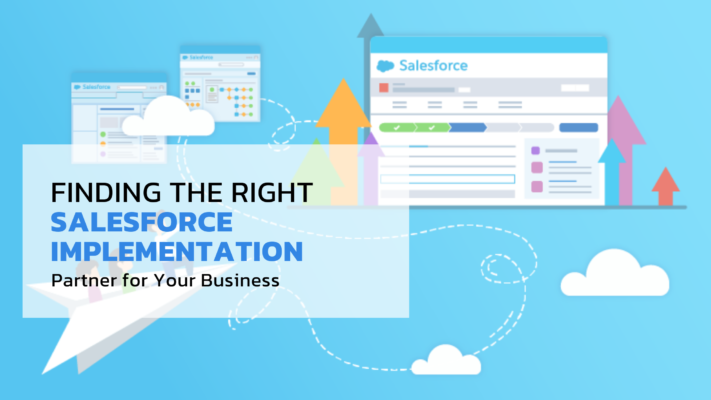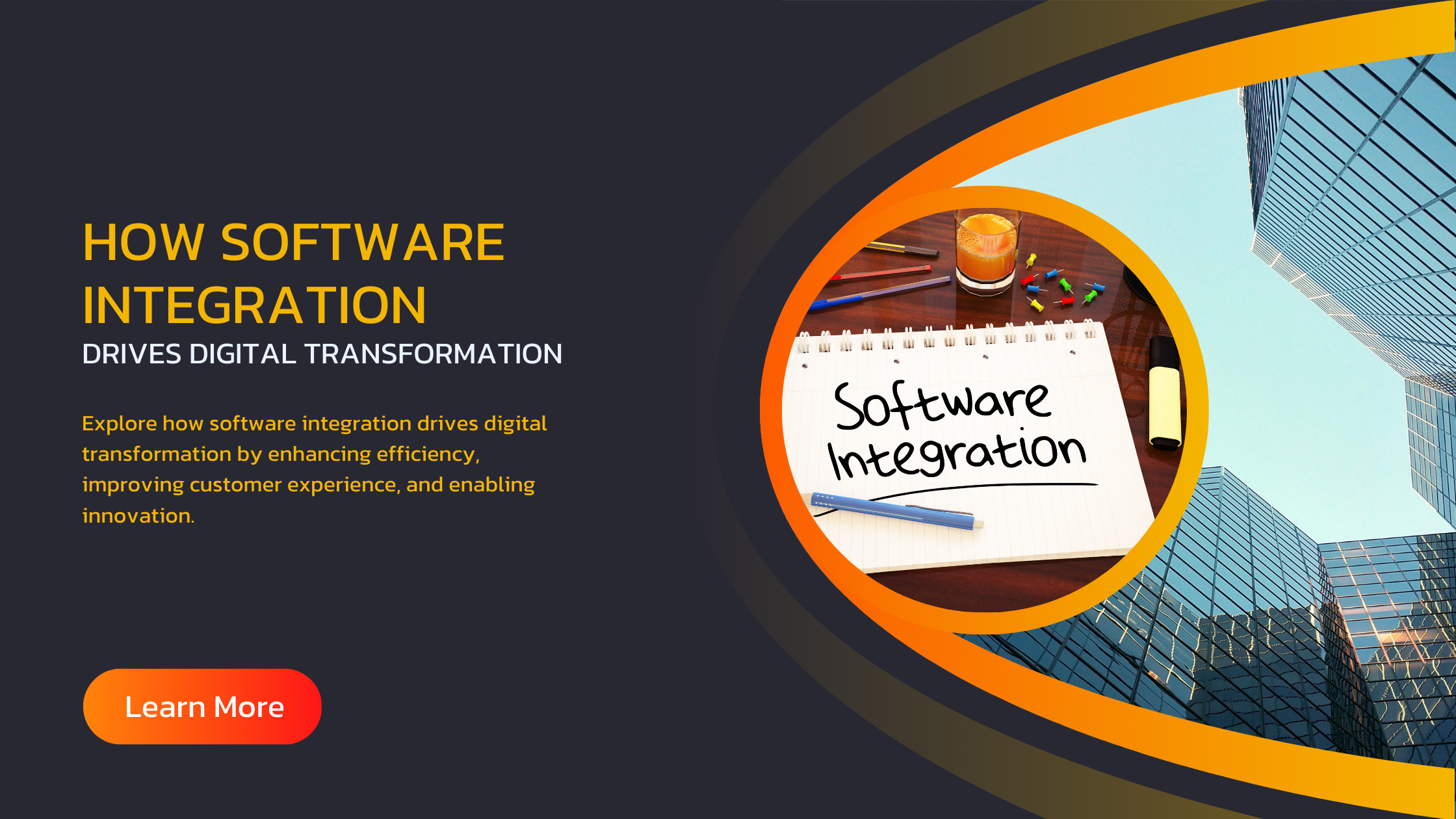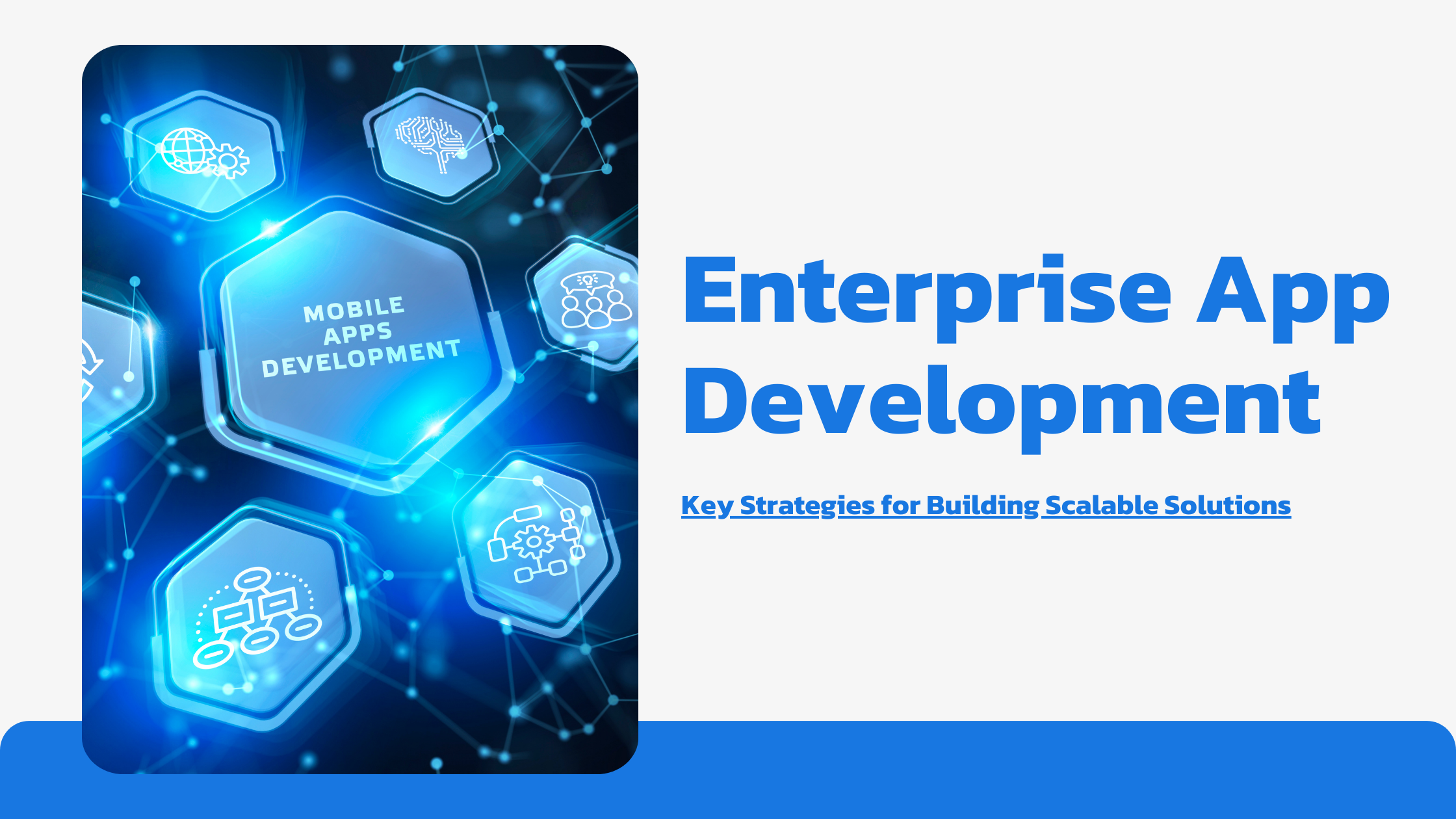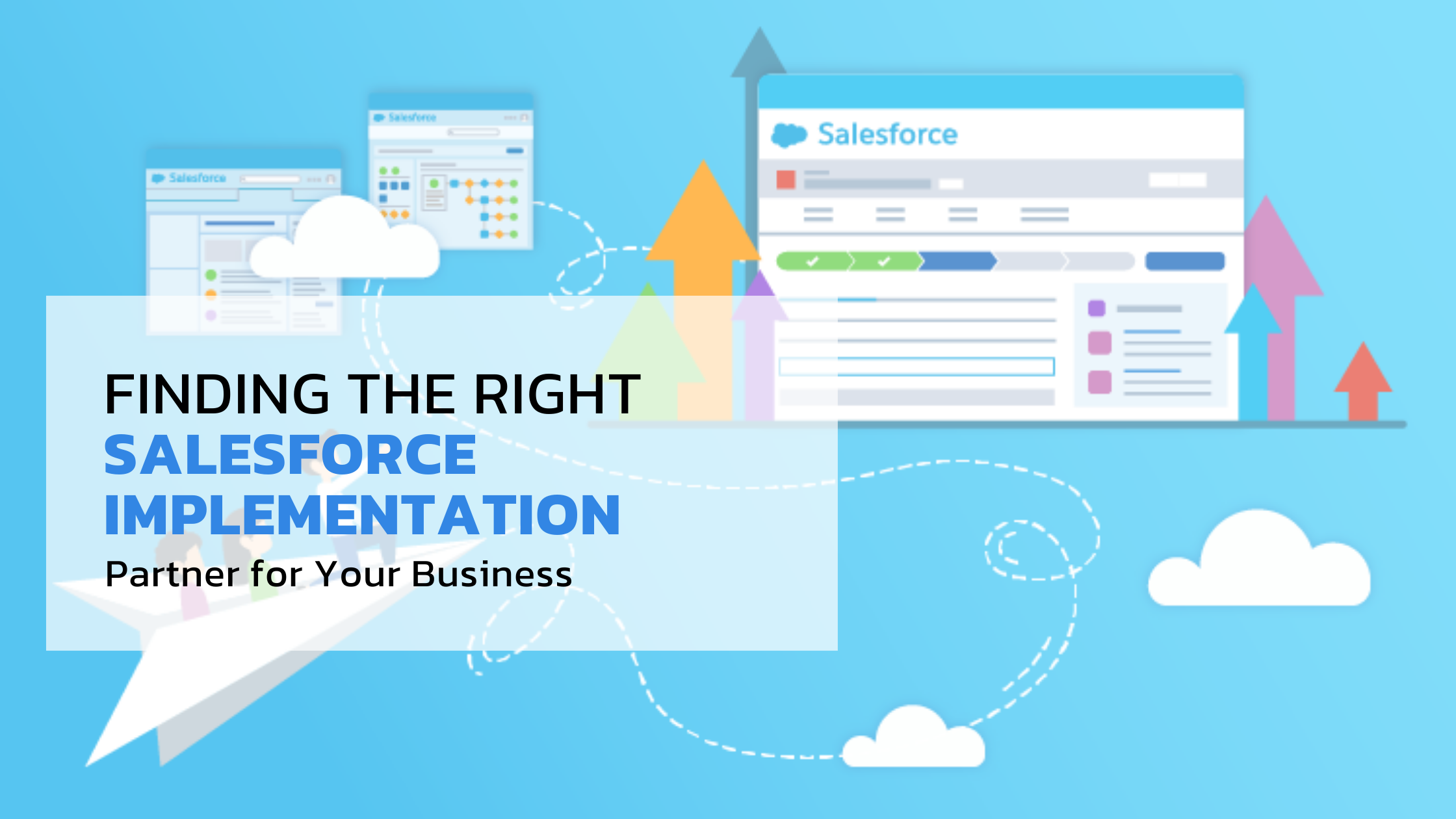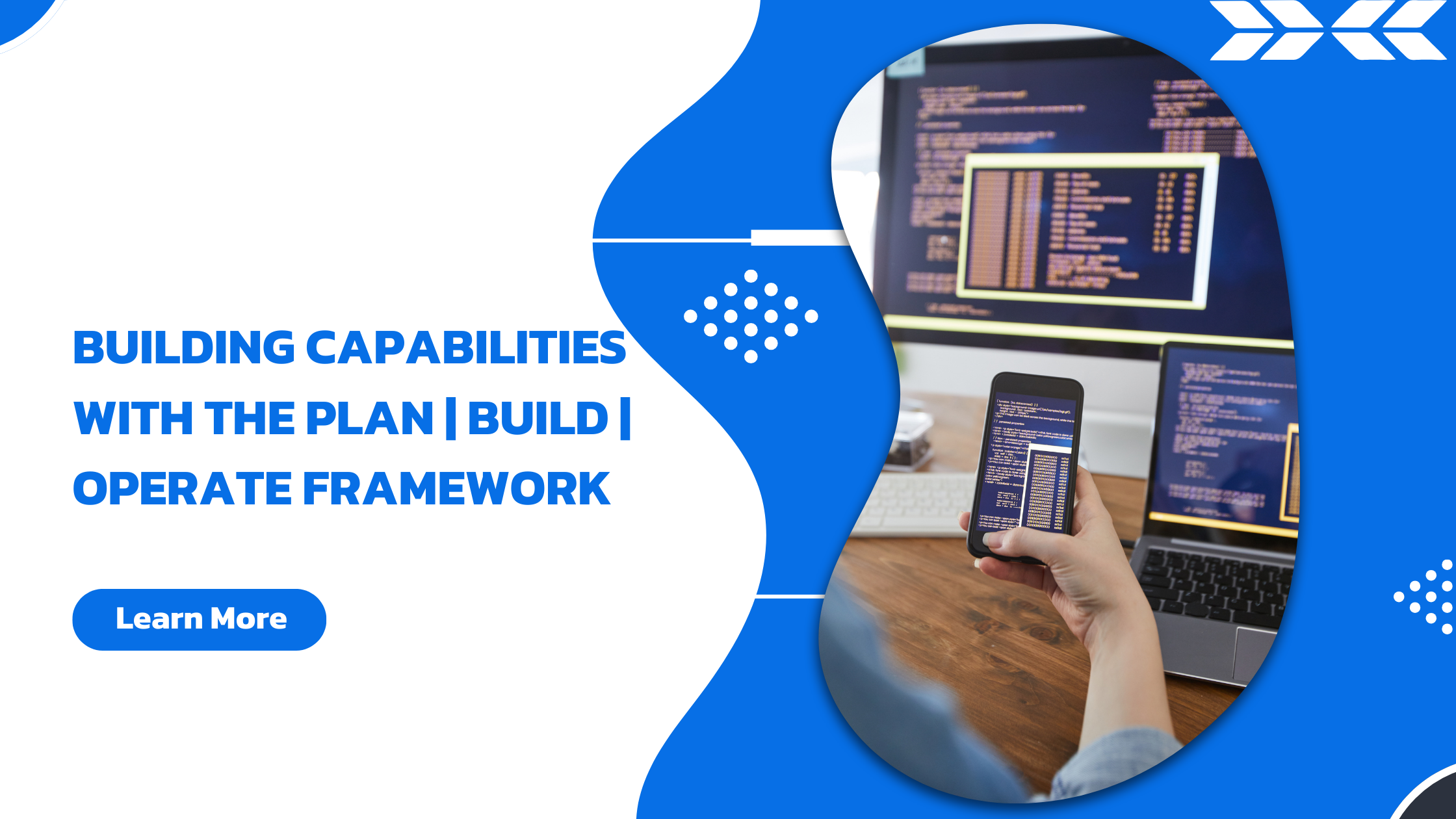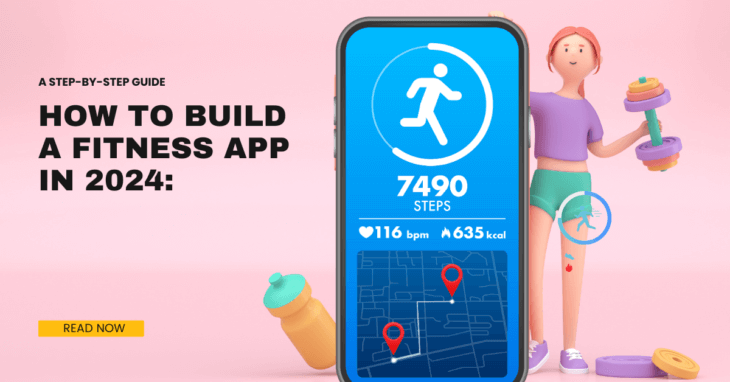
The fitness industry has experienced a massive digital transformation in recent years, with mobile apps playing a crucial role in this shift. If you’re wondering how to build a fitness app that stands out in the crowded market of 2024, you’ve come to the right place. This comprehensive guide will walk you through the process of creating a successful fitness app, from ideation to launch and beyond.
The global fitness app market is projected to reach $120.37 billion by 2030, growing at a CAGR of 24.3% from 2021 to 2030. This explosive growth presents a huge opportunity for entrepreneurs and developers looking to make their mark in the health and wellness space. But with great opportunity comes great competition, which is why it’s crucial to understand how to build a fitness app that truly meets users’ needs and stands out from the crowd.
Before we dive into the nitty-gritty of how to build a fitness app, let’s take a look at why fitness apps have become so popular:
1. Convenience: Users can access workouts and health information anytime, anywhere.
2. Personalization: AI and machine learning enable tailored fitness plans and recommendations.
3. Motivation: Features like progress tracking and social sharing keep users engaged.
4. Cost-effectiveness: Many apps offer a more affordable alternative to gym memberships or personal trainers.
5. Data-driven insights: Users can track their progress and make informed decisions about their health.
Now that we understand the appeal of fitness apps, let’s explore how to build a fitness app that can capitalize on these trends and provide real value to users.
Step 1: Define Your Fitness App Concept
The first step in how to build a fitness app is to clearly define your app’s concept. What specific problem will your app solve? Who is your target audience? What unique features will set your app apart from competitors?
Here are some popular types of fitness apps to consider:
1. Workout tracking apps
2. Nutrition and diet apps
3. Personal training apps
4. Meditation and mindfulness apps
5. Sleep tracking apps
6. Fitness community and social networking apps
When defining your concept, consider conducting market research to identify gaps in the current offerings and understand user preferences. This will help you refine your idea and ensure there’s a demand for your app.
Step 2: Determine Essential Features
Once you have a clear concept, the next step in how to build a fitness app is to determine which features are essential for your MVP (Minimum Viable Product). Here are some common features to consider:
1. User profiles and goal setting
2. Workout libraries with video demonstrations
3. Customizable workout plans
4. Progress tracking and analytics
5. Integration with wearable devices
6. Nutrition tracking and meal planning
7. Social sharing and community features
8. Push notifications for reminders and motivation
9. In-app messaging or chat support
10. Gamification elements (challenges, rewards, etc.)
Remember, you don’t need to include every possible feature in your initial release. Focus on the core functionality that aligns with your app’s main purpose and adds the most value for users.
Step 3: Choose Your Tech Stack
Selecting the right technology stack is a crucial part of how to build a fitness app. Your choice will depend on factors such as your target platforms (iOS, Android, or both), budget, timeline, and the complexity of your app. Here are some popular options to consider:
For Native Apps:
– iOS: Swift or Objective-C
– Android: Kotlin or Java
For Cross-Platform Apps:
– React Native
– Flutter
– Xamarin
Backend Technologies:
– Node.js
– Ruby on Rails
– Python with Django or Flask
Database:
– MongoDB
– PostgreSQL
– Firebase Realtime Database
Cloud Services:
– Amazon Web Services (AWS)
– Google Cloud Platform
– Microsoft Azure
When choosing your tech stack, consider factors like scalability, performance, and the availability of developers familiar with the chosen technologies.
Step 4: Design the User Interface and Experience
A crucial aspect of how to build a fitness app is creating an intuitive and engaging user interface (UI) and user experience (UX). Your app’s design should be visually appealing, easy to navigate, and aligned with your brand identity. Here are some design principles to keep in mind:
1. Keep it simple and clean
2. Use high-quality images and videos
3. Implement intuitive navigation
4. Ensure consistency across all screens
5. Use color psychology to evoke the right emotions
6. Design for different screen sizes and orientations
7. Incorporate accessibility features for users with disabilities
Consider creating wireframes and prototypes to visualize your app’s flow and gather feedback before moving on to the development phase.
Step 5: Develop Your Fitness App
With your concept, features, tech stack, and design in place, it’s time to start the actual development process. This is where the rubber meets the road in how to build a fitness app. Here’s a general outline of the development process:
1. Set up your development environment
2. Implement the core functionality
3. Integrate third-party APIs and services (e.g., wearable device APIs, payment gateways)
4. Develop the backend infrastructure
5. Implement user authentication and data security measures
6. Create the user interface based on your designs
7. Conduct thorough testing (unit testing, integration testing, user acceptance testing)
8. Optimize performance and fix any bugs
Throughout the development process, it’s important to follow best practices for code organization, documentation, and version control. This will make it easier to maintain and update your app in the future.
Step 6: Implement Data Security and Privacy Measures
When learning how to build a fitness app, it’s crucial to prioritize data security and privacy. Fitness apps often deal with sensitive personal information, including health data, which is subject to strict regulations like HIPAA in the United States and GDPR in Europe. Here are some key security measures to implement:
1. Use encryption for data storage and transmission
2. Implement secure user authentication (e.g., two-factor authentication)
3. Regularly update and patch your app to address security vulnerabilities
4. Conduct security audits and penetration testing
5. Provide clear privacy policies and obtain user consent for data collection
6. Implement data anonymization techniques where possible
7. Ensure compliance with relevant data protection regulations
By prioritizing security and privacy, you’ll build trust with your users and protect your app from potential legal issues.
Step 7: Integrate with Wearable Devices and Health Platforms
A key consideration in how to build a fitness app in 2024 is integration with wearable devices and health platforms. This integration can provide valuable data to enhance your app’s functionality and user experience. Some popular platforms to consider include:
1. Apple HealthKit
2. Google Fit
3. Fitbit
4. Garmin
5. Samsung Health
When integrating with these platforms, ensure that you follow their respective guidelines and best practices for data access and synchronization.
Step 8: Implement AI and Machine Learning Features
To stay competitive in 2024, consider incorporating AI and machine learning features into your fitness app. These technologies can provide personalized recommendations, improve user engagement, and enhance the overall effectiveness of your app. Some potential AI applications include:
1. Personalized workout recommendations based on user data and goals
2. Automated form correction using computer vision
3. Predictive analytics for goal setting and progress tracking
4. Natural language processing for voice-controlled workouts
5. Chatbots for user support and motivation
When implementing AI features, be sure to balance the benefits with potential privacy concerns and clearly communicate to users how their data is being used.
Step 9: Test Your Fitness App Thoroughly
Thorough testing is a critical part of how to build a fitness app that users will love and trust. Here are some key areas to focus on during the testing phase:
1. Functionality testing: Ensure all features work as intended across different devices and OS versions
2. Usability testing: Gather feedback from real users to identify any pain points in the user experience
3. Performance testing: Check app responsiveness, load times, and resource usage
4. Compatibility testing: Verify that the app works correctly on various devices and screen sizes
5. Security testing: Conduct penetration testing and vulnerability assessments
6. Localization testing: If your app supports multiple languages, ensure all translations are accurate and appropriate
Consider using both automated testing tools and manual testing to catch as many issues as possible before launch.
Step 10: Prepare for Launch
As you near the end of the process of how to build a fitness app, it’s time to prepare for launch. This involves several key steps:
1. Optimize your app store listing (title, description, screenshots, videos)
2. Implement analytics tools to track user behavior and app performance
3. Set up a customer support system
4. Develop a marketing strategy (social media, influencer partnerships, PR)
5. Plan for post-launch updates and feature additions
6. Ensure compliance with app store guidelines (Apple App Store and Google Play Store)
7. Set up monetization methods (if applicable)
Remember, the launch is just the beginning. Be prepared to gather user feedback and make continuous improvements to your app.
Step 11: Monitor and Iterate
After launching your fitness app, the work of how to build a fitness app continues. It’s crucial to monitor your app’s performance and user feedback to identify areas for improvement. Some key metrics to track include:
1. User acquisition and retention rates
2. User engagement (daily active users, session length, feature usage)
3. App store ratings and reviews
4. Crash reports and error logs
5. Revenue (if applicable)
Use this data to inform your product roadmap and prioritize future updates and feature additions.
Step 12: Scale and Expand
As your fitness app gains traction, you’ll need to consider how to scale your infrastructure to handle increased user load. This might involve:
1. Optimizing your backend architecture
2. Implementing content delivery networks (CDNs)
3. Utilizing cloud services for elastic scaling
4. Enhancing database performance
Additionally, consider expanding your app’s offerings to reach new markets or user segments. This could include:
1. Adding support for new languages and regions
2. Developing partnerships with fitness influencers or brands
3. Creating enterprise versions for gyms or corporate wellness programs
4. Expanding to new platforms (e.g., smartwatches, smart TVs)
Conclusion
Learning how to build a fitness app in 2024 is a complex but rewarding process. By following this comprehensive guide, you’ll be well-equipped to create an app that not only meets the needs of your target users but also stands out in the competitive fitness app market.
Remember, the key to success lies in understanding your users, staying up-to-date with the latest technologies and trends, and continuously iterating based on feedback and data. With dedication and the right approach, you can create a fitness app that makes a real difference in people’s lives.
If you’re ready to embark on your fitness app development journey but need expert guidance or development support, consider reaching out to Upcore Technologies. With their extensive experience in mobile app development and deep understanding of the fitness industry, they can help you navigate the challenges of how to build a fitness app and turn your vision into reality. Whether you need help with ideation, development, or scaling your app, Upcore Technologies has the expertise to support you every step of the way.


